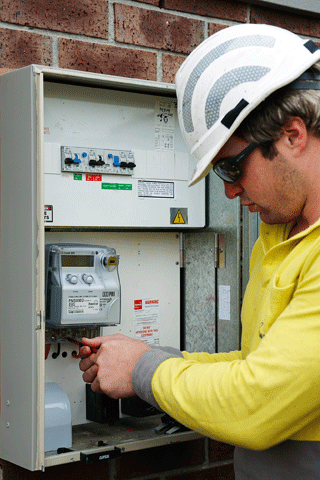
|
Published:
States’ smart moves to save energy
More than 1 million Victorian households and businesses are a step closer to having internet-linked ‘smart meters’ after CitiPower & Powercor – electricity distribution companies that manage 40 per cent of the state’s transmission grid – announced they will commence rollout at the end of this year.

|
|
Smart meters will allow consumers to monitor energy use and tap into off-peak energy. Credit: CitiPower & Powercor
|
Smart meters are being installed across Victoria by electricity distribution businesses following the government’s decision to complete a statewide rollout by the end of 2013.
IP-enabled smart meters record the time of energy use, allowing consumers to take advantage of off-peak tariffs and monitor their energy consumption via meter display interfaces and web applications.
Smart meters should also facilitate the uptake of electric and hybrid vehicles by allowing the use of off-peak grid capacity to charge vehicles as well as ‘buy back’ of energy stored.
On the other side of the country, the Western Australian Government has become the first state to commit to introducing gross feed-in tariffs, which will see households paid up to 60 cents a kilowatt hour (kWh) for the power they generate from domestic solar systems.
Existing solar power feed-in tariff schemes only provide payment for power returned to the grid in excess of household requirements.



